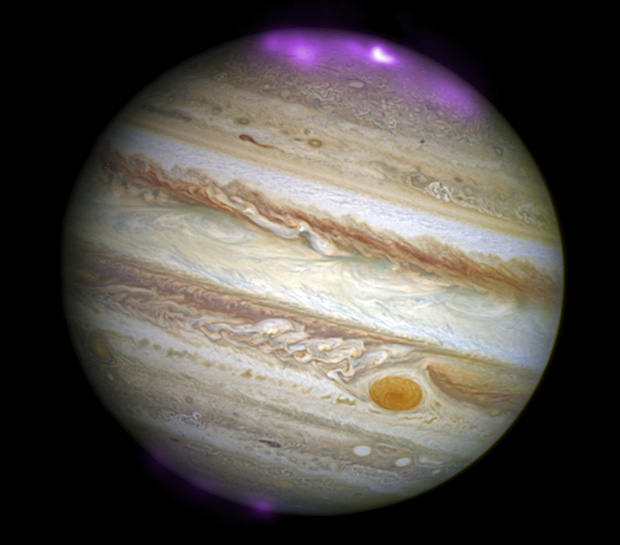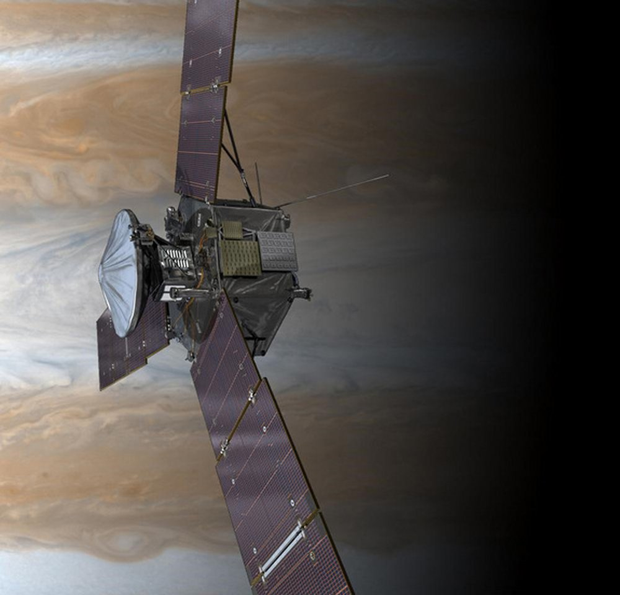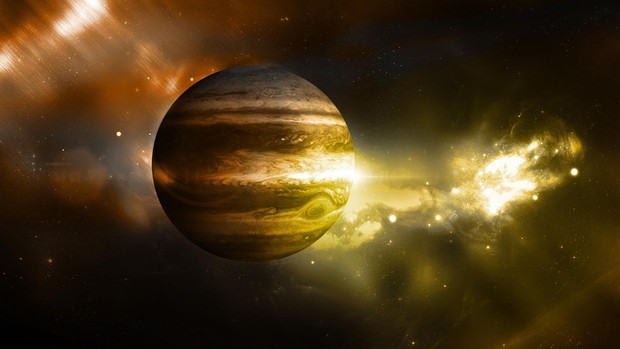All thanks to a 2011 NASA project, which allowed humans to reach Jupiter at the closest distance ever.
On July 4, 2016, humanity will approach Jupiter at the closest distance ever. All thanks to a satellite called Juno – launched by NASA in 2011 with the aim of approaching and studying Jupiter.
NASA’s Juno satellite launched in 2011
And if exactly what NASA predicted, Juno will change the whole view of solar physics.
It will be the first human chance to dig Jupiter – the largest planet in the solar system. We know that this planet is 11 times larger than Earth but has no surface. This entire planet is a giant mass of gas, mostly hydrogen and helium.
The Juno satellite is like a giant 3-bladed solar-powered fan. It was also the first time that NASA had sent a solar-powered spacecraft such a far distance. Just like the New Horizons orbiting Pluto, they were to be driven by plutonium.
But what will Juno do? The most important thing is … to take pictures. We look forward to the best photos Juno brings. However, NASA says radiation from the planet will soon destroy Juno’s camera lens after just seven orbits.
Juno will also need to learn about supergiant auroras at Jupiter’s 2 poles. These are very large northern lights, which can stretch for tens of thousands of kilometers.
Using the JADE (Jovian Auroral Distributions Experiment) Juno will perform the electron analysis and we will know what made up this mass of aurora.
Another of Juno’s tasks is to study the planet’s gravity, thus determining whether Jupiter does not really have a solid surface or if it is just a giant gas orb.
And in the end, Jupiter is so huge that its gravity is also huge. Therefore, it has kept almost all matter intact since the formation of the planet.
This means that this planet is like a mysterious chest, helping us to open our eyes to when the solar system was formed.




